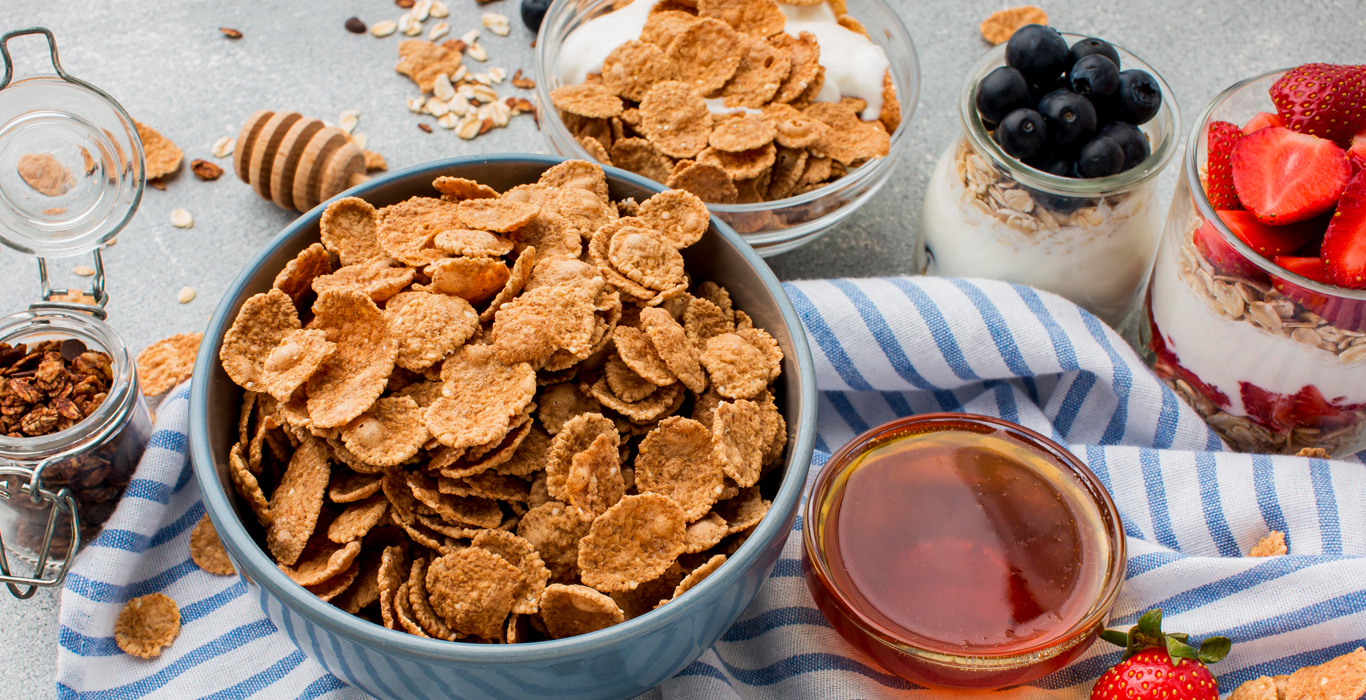Gluten Intolerance - How to Be Gluten Free
All of these foods contain gluten:
Especially your grains such as wheat, barley, Barley Malt, Rye, Spelt, Semolina, Graham Flour, wheat starch, Wheat Germ, Couscous, Bran, Kamut, i -Bulgur, Durum, Triticale, Oats and allot of Alcohol have gluten in it.
So what can you eat instead of gluten?
Non-Gluten Flour: Almond Meal Flour, Amaranth Flour, Brown Rice Flour, Buckwheat Flour, Garbanzo Bean Flour, Millet Flour, Potato Starch, Quinoa Flour, Sorghum Flour, Soy Flour, Tapioca Flour / Starch, Arrowroot, Arrowroot.
Binding Agents:
Arrowroot, Cornstarch, Guar Gum Potato Starch, Tapioca Flour or Starch, and Xanthan Gum
Symptoms of Gluten Intolerance
These are some of the symptoms of gluten intolerance: Stomach pain and constipation, constipation, diarrhea, foul-smelling feces, vomiting, acid diarrhea, constipation, gas and constipation, nausea, weight loss, fatigue, fatigue and weakness, headaches and migraines, depression, irritability and emotional disturbances, blurred brain or inability to concentrate, tooth decay and dysfunction, nerve damage, respiratory problems, lactose intolerance, rosacea, Hashimoto disease, hair loss, easy injury, stiffness of muscles and tendons. weakness, inflammation, and inflammation, vitamin and mineral deficiencies, joint pain, infertility, irregular menstruation, epilepsy, ataxia, skin ulcers, eczema and psoriasis, acne, osteoporosis, night vision, hypoglycemia, nosebleeds, high liver function. examination, insomnia, Hashimoto disease, Sjogren's syndrome, lupus erythematosus, and other autoimmune diseases, syndrome or spastic colon irritation, tuberculosis, chronic fatigue syndrome or fibromyalgia, lupus, unexplained anemia, mental disorders, food allergies, parasites or other infections, gallbladder disease, thyroid disease, cystic fibrosis, diverticulosis, diabetes, thyroid disease, dermatitis herpetiformis, peripheral neuropathy, and many other conditions.
Symptoms in children:
Inability to concentrate, irritability, ADD / ADHD or autism and down syndrome, inability to grow properly, nosebleeds, short stature or growth retardation, early puberty, weak bones or bone pain, abdominal pain, and inflammation. If these symptoms are not controlled as gluten-free foods, they can turn into more serious conditions. Like heart disease, lung disease, Addison's disease, the list goes on and on. Gluten intolerance and Celiac disease are independent diseases.
I can't stand gluten, so what do I do?
1. See a Doctor, Healthy Nutritionist, or Pathologist who understands what should be in a gluten-free diet.
2. Join the support team as the Gluten Tolerance Team. Check your region and city to find your local support group. You are not alone in this.
3. Find a gluten-free blog that you really like to get tips, recipes, and resources.
4. Learn to read food labels. Be sure to check the gluten-free label on groceries products. Learn what is in your diet.
5. Learn how to eat healthy and gluten-free foods, it's better for you.
6. Join a free cooking class or find a tutor. Many nature stores have cooking classes.
7. Find local grocery stores that sell gluten-free products. For example, Lingonberries Market, Whole Foods, New Season's, Trader Joe's, Fred Meyer Nutrition Center. Winco, Safeway, and Wal-Mart Superstores. There are websites that sell these products. For example, Amazon and Gluten Free Mall.
8. Find local gluten-free restaurants.
9. Get Gluten-Free Books and Magazines.
10. Search for gluten-free coupons online and in newspapers.
11. Here's the truth you should know, People With Celiac Disorder Can Advertise Their "Gluten-Free
Diet" As A Tax Duty.
12. Try different recipes and food products and find what you like best. Above all, enjoy it.
Be sure and avoid contraindications, you do not want to combine gluten with your gluten-free diet.
For More Details Visit us @ https://skyroots.in/




Comments
Post a Comment